With winter just past, temperatures are plummeting, and many new energy vehicle owners are lamenting the approaching “hard times”: reduced range, slower charging, and even difficulty starting. This anxiety is even more pronounced for new energy vehicles older than a year.
Different new energy vehicle models have different “cold-resistant weaknesses,” requiring precise and effective solutions. Let’s take a look— Pure Electric Vehicles: Significant Challenges to Low-Temperature Range
In low temperatures, the activity of lithium ions inside the battery of a pure electric vehicle decreases, leading to reduced discharge efficiency. The most direct impact is a significant reduction in range. Furthermore, the use of in-car heating devices further consumes electricity, exacerbating the range issue.
Prevention Tips—
❶ Preheat the Battery: Utilizing the preheating function during onboard charging can effectively increase battery temperature and improve discharge efficiency;
❷ Choose Suitable Parking Locations: Prioritize parking in underground garages or indoors to minimize time spent in low temperatures;
❸ Reduce Unnecessary Electrical Use: Minimize the use of high-energy-consuming devices such as air conditioning and seat heaters to conserve electricity. Plug-in Hybrid Vehicles: Beware of Emulsification and Low Battery Levels
Plug-in hybrid owners may feel secure with a tank of gas, but in winter, with frequent short trips and infrequent engine starts, oil and water vapor can easily emulsify, affecting engine lubrication and potentially damaging internal parts.
Secondly, avoid forcing the battery into “pure electric mode” when the battery is low. This forces the battery to work under heavy load at low temperatures, accelerating capacity degradation.
Prevention Tips:
❶ Regularly start the engine: Start the engine at least once a week and let it run for 10-15 minutes to help evaporate moisture from the oil;
❷ Keep the electrical system dry: Clean the underside of the vehicle and electrical connections promptly after rain or snow, wiping away any residual moisture and applying protective measures if necessary;
❸ Battery management: In winter, try to keep the battery level above 30% to avoid deep discharge.
Range-extended vehicles: Significant engine “hibernation” risks. Range-extended vehicles rely on “engine-generated electricity and electric motor-driven operation.” In winter, the engine starts less frequently, potentially leading to problems such as carbon buildup on fuel injectors and damp spark plugs. When the battery dies and you want to start the vehicle, it simply won’t start.
Furthermore, in winter, with no fuel in the tank, the fuel pump relies on gasoline for cooling. An empty tank causes the fuel pump to run dry, potentially overheating and burning out.
Prevention tips:
❶ Increase engine start frequency: Don’t rely entirely on electric motor drive. Regularly start and run the engine for a period to prevent component failure.
❷ Regularly clean components: Follow the vehicle maintenance manual to regularly clean fuel injectors and spark plugs to ensure they are functioning properly.
❸ Keep a proper fuel level in the tank: Even with frequent electric use, maintain at least 1/4 fuel level in the tank.
In fact, besides the above precautions, the core protection for new energy vehicles in winter lies in battery health! However, battery problems are difficult to detect visually. Driving recklessly not only reduces range but also poses safety risks.

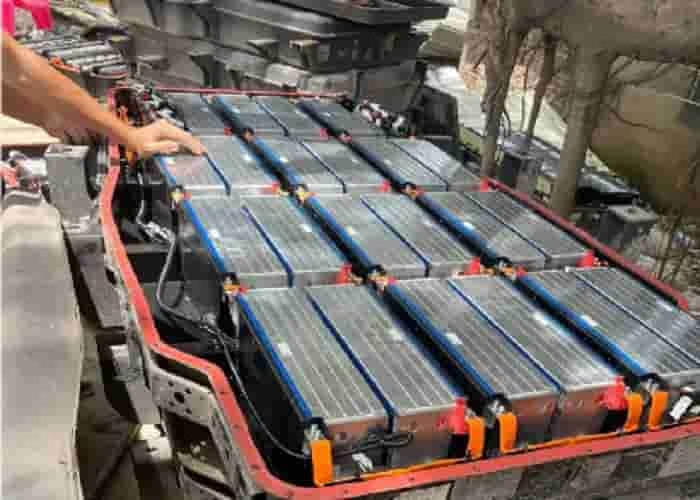
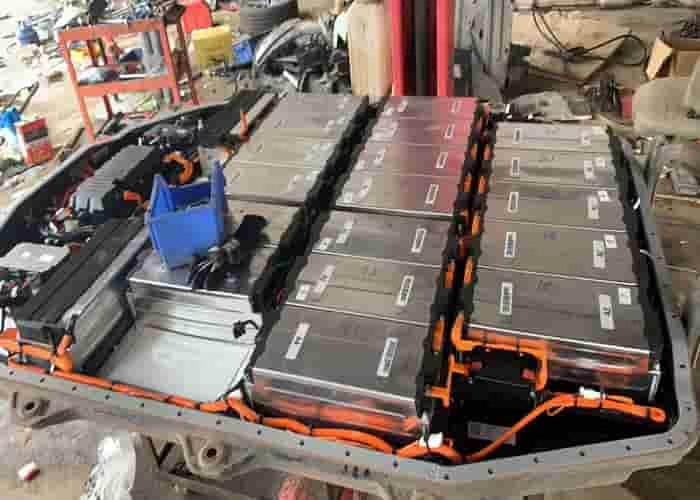

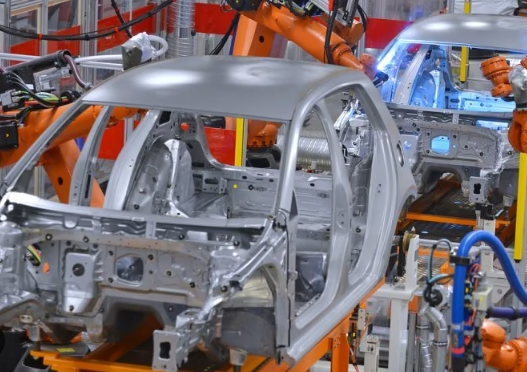
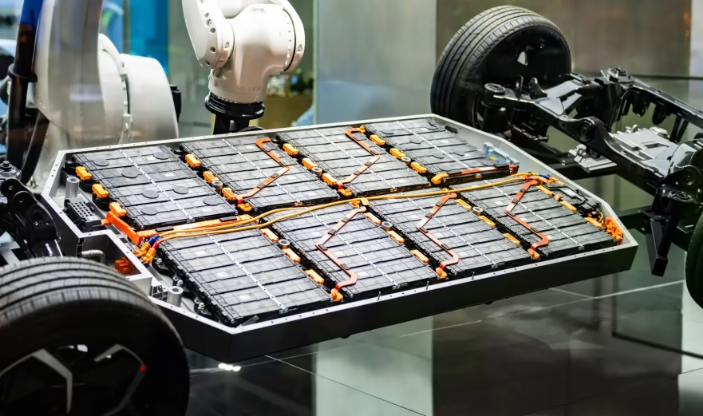
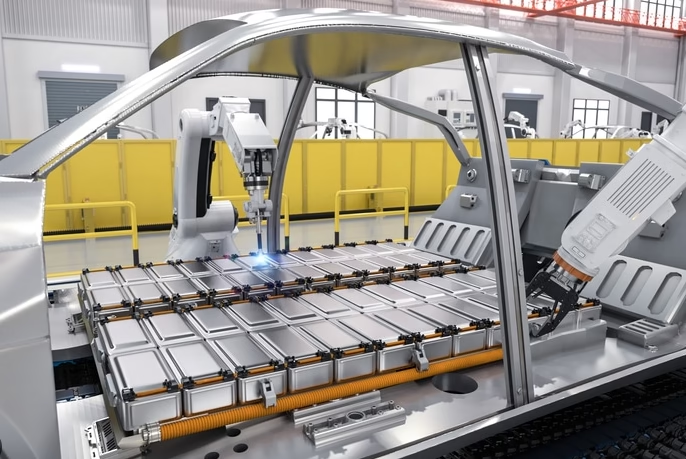
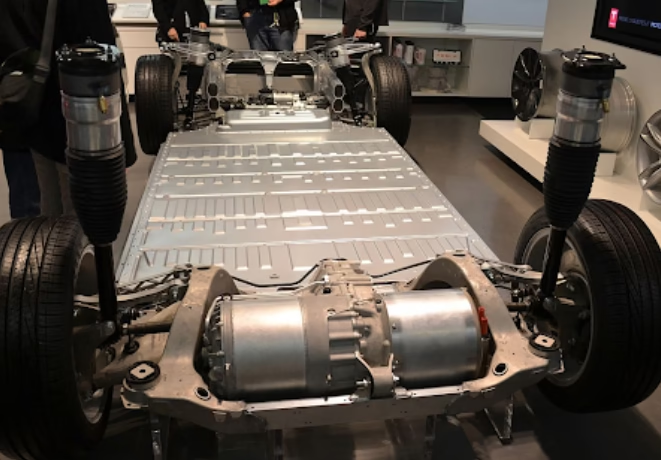
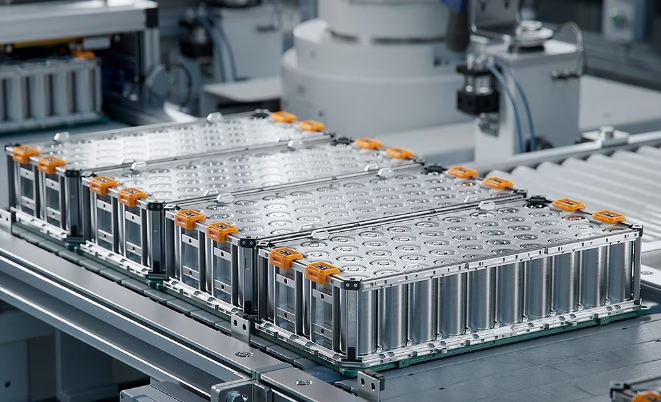
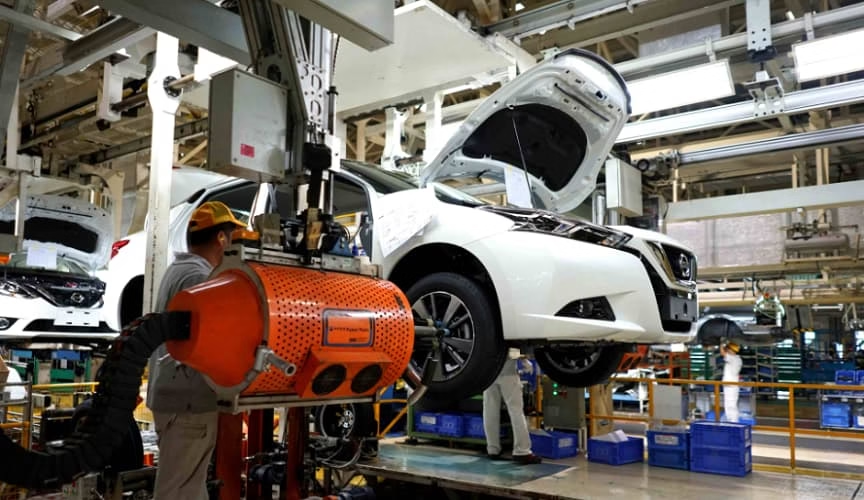
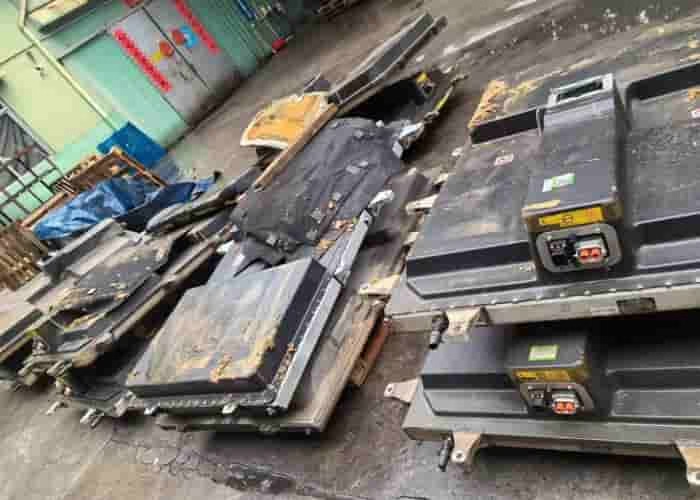
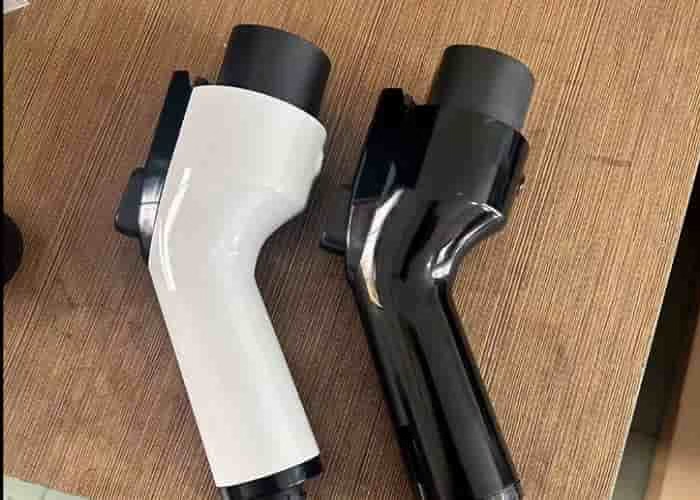


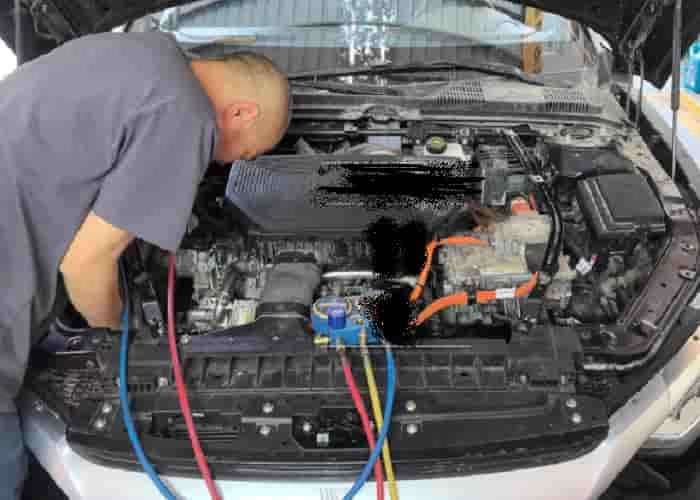
Leave a Reply